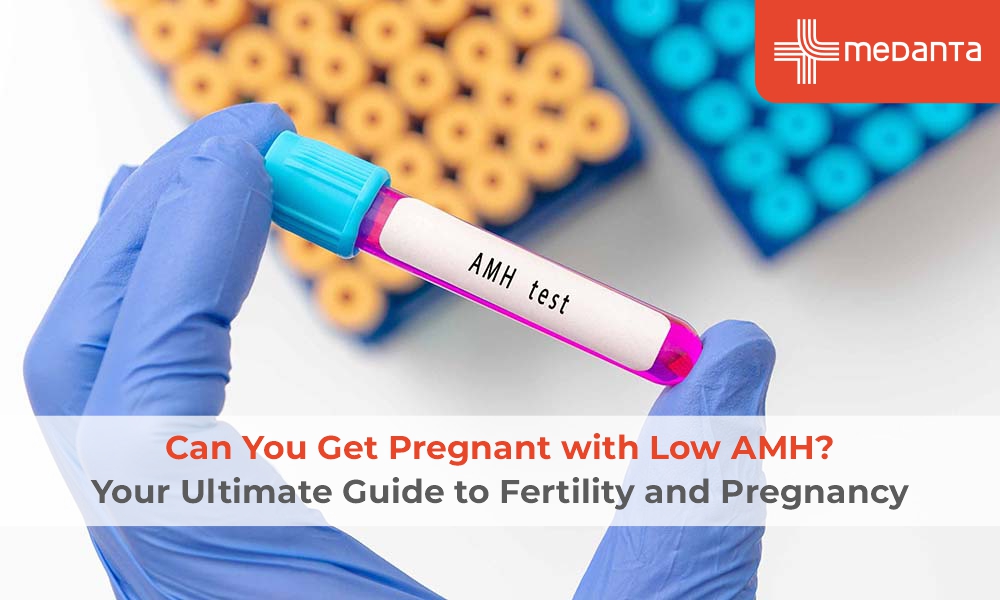The Surprising Benefits of Thoraco-Laparoscopic Esophagectomy - More Than Just a Cure for Cancer

Esophageal cancer is a malignant tumour that grows in the lining of the oesophagus. It is a rare but serious disease that often is left undiagnosed until it reaches an advanced stage. Esophagectomy is basically the surgical removal of the esophagus, and it is often the preferred treatment for esophageal cancer. While esophagectomy is primarily done to cure cancer, it has other benefits as well. In this blog, we will explore the surprising benefits of thoraco-laparoscopic esophagectomy (TLE) - more than just a cure for cancer.
Esophageal Cancer Symptoms and Treatment
Esophageal cancer can cause a range of symptoms, including difficulty swallowing, weight loss, and chest pain. Esophageal cancer symptoms could be serious or mild and can develop gradually or suddenly. In some cases, there might be no esophageal cancer symptoms until the cancer gets spread to other parts of the body. As a result, esophageal cancer is often diagnosed at a later stage, which can make treatment more challenging.
The diagnosis of esophageal cancer is typically made through imaging tests, biopsy, and endoscopy. Imaging tests, such as CT scans and PET scans, can help doctors visualise the tumour and determine the extent of the cancer. A biopsy involves extracting a tiny piece of tissue from the tumour and analysing it under a microscope to look for cancer cells. Endoscopy is a procedure in which a slender, flexible tube with a camera is put into the oesophagus to analyse the lining and take biopsies if necessary.
The standard treatments for esophageal cancer are chemotherapy, radiation therapy, and surgery. Chemotherapy employs drugs to kill cancer cells. On the other hand, radiation therapy employs high-energy radiation to destroy cancer cells. Surgery is the most effective treatment for esophageal cancer, particularly if the cancer has not spread beyond the oesophagus. Surgery can remove the tumour and surrounding tissues, as well as nearby lymph nodes to prevent the cancer from spreading.
Esophagectomy
The taking out of the oesophagus surgically is called esophagectomy. It is usually the favoured cure for esophageal cancer, especially if the cancer is localised and hasn't spread over the oesophagus. The aim of esophagectomy is to take out the tumour and nearby tissues, plus close by lymph nodes, to stop cancer from spreading.
There are several types of esophagectomy, including trans hiatal esophagectomy and Ivor-Lewis esophagectomy. The trans hiatal esophagectomy is a less invasive approach, where the surgeon removes the oesophagus through an incision in the neck and upper abdomen. The Ivor-Lewis esophagectomy is a more invasive approach in which the surgeon removes the oesophagus through an incision in the chest and stomach.
Esophagectomy is a difficult operation with big dangers. The dangers of esophagectomy consist of infection, bleeding, respiratory troubles, and harm to close by organs. Recovery from esophagectomy can also be hard and may need a hospital stay of some days or even weeks.
Thoraco-Laparoscopic Esophagectomy
Thoraco-laparoscopic esophagectomy (TLE) is a less invasive approach to esophagectomy that has been gaining popularity in recent years. TLE combines thoracoscopy with laparoscopy.
The surgeon in TLE does small cuts in the chest and belly instead of big ones. The camera and tools go through these tiny incisions, letting the surgeon view and work on the oesophagus and other tissues. TLE has some perks over regular esophagectomies, such as:
- Less blood loss: Doing TLE causes less harm to the body so there's less blood loss during the operation. This can lower the chance of issues and make the healing go faster and simpler.
- Shorter hospital stay and a quicker healing time: Because TLE is less intrusive, patients usually have less time in the hospital and a faster recovery compared to traditional esophagectomy. This can result in a fast comeback to regular activities and a higher quality of life.
- Lower pain: TLE can make less pain than regular esophagectomy because it has smaller cuts and less harm to the body.
- Improved cosmetic outcomes: The tiny incisions in TLE can lead to better cosmetics compared to the old esophagectomy which leaves big marks.
Plus, TLE has been seen to have the same effects as normal esophagectomy when it comes to cancer coming back and living rates. This makes TLE a safe and effective option for patients with esophageal cancer.
Other Benefits of Thoraco-Laparoscopic Esophagectomy
Whilst TLE is largely used to treat esophageal cancer, it has other advantages too. These advantages include:
- Treatment for other issues: TLE can also be used to treat other issues, like achalasia, a disorder that affects the ability of the oesophagus to move food into the stomach. TLE can aid in making the symptoms of achalasia better and enhancing the patient's life quality.
- Fewer chances of problems: Because TLE is less intrusive, it can lower the chances of problems during and after the operation. This can help patients get better and lower healthcare costs.
- Better patient satisfaction: People having TLE usually say they are happier with their treatment than with the old way of esophagectomy. This might be caused by the faster getting better time and better look results connected to TLE.
Conclusion
Esophagectomy is a hard surgery that has big risks, but often is the best treatment for esophageal cancer. Thoraco-laparoscopic esophagectomy (TLE) is a less invasive approach to esophagectomy which has many benefits than the traditional esophagectomy, like reduced blood loss, fast recovery time, less pain, and better outcome. TLE has also been shown to have the same results as regular esophagectomy in terms of cancer coming back and life expectancy. TLE can also be used for other things than esophageal cancer and can also help lower the risk of problems. Patients who have TLE usually say they are more pleased with their treatment, making it a good choice for people with esophageal cancer or other illnesses.






